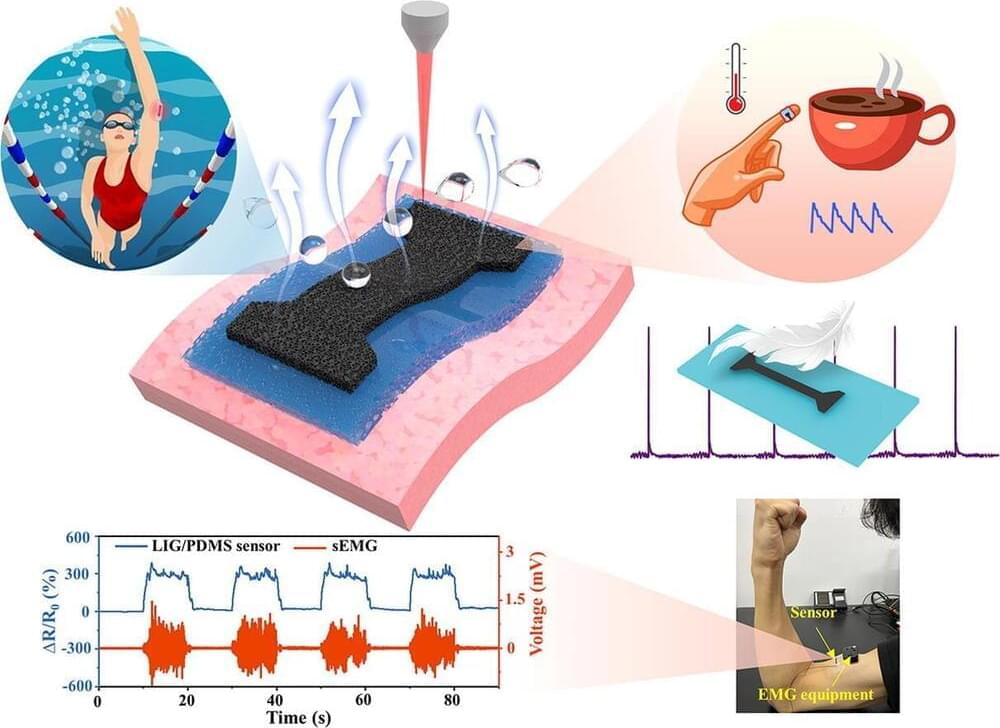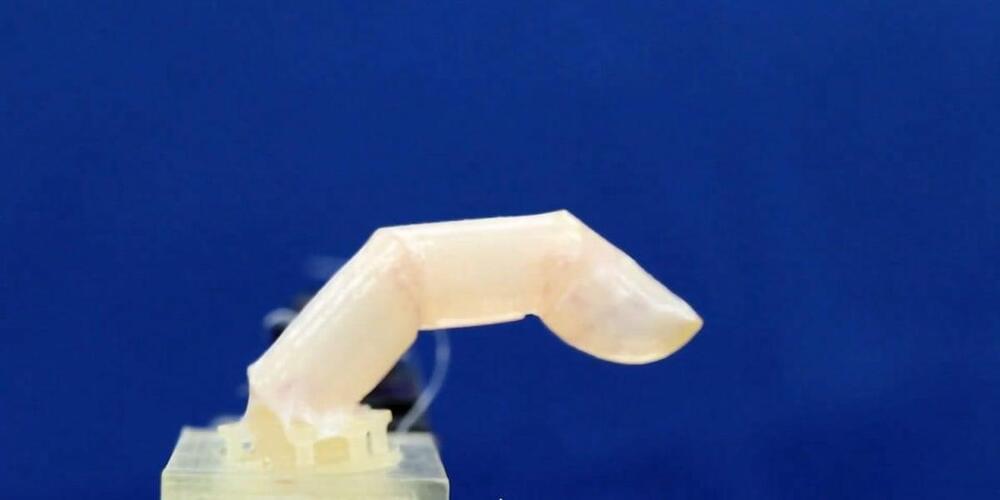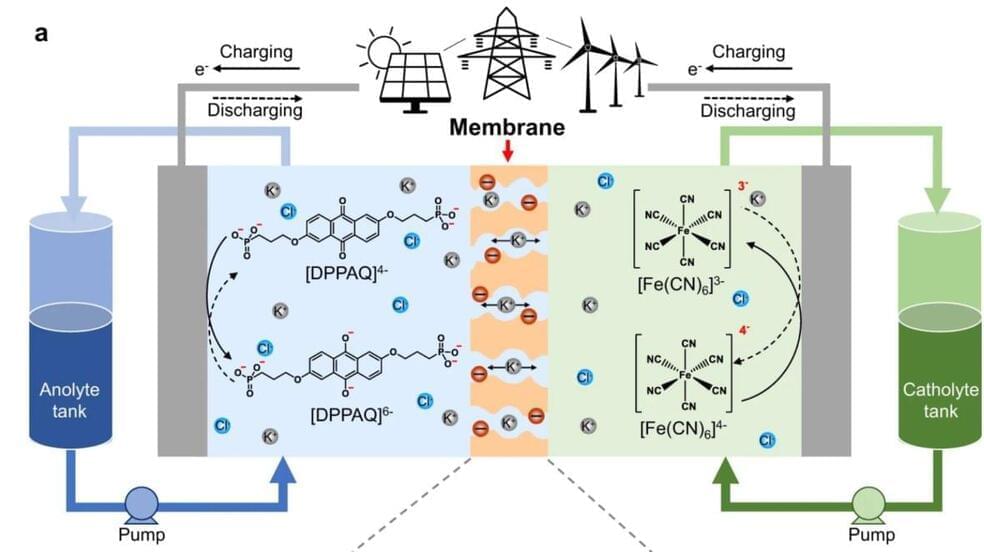Wearable sensors—an important tool for health monitoring and for training artificial intelligence—can be waterproof or can measure more than one stimuli, but combining these factors while maintaining a high level of precision in the measurements is difficult. Researchers co-led by Huanyu “Larry” Cheng, assistant professor of engineering science and mechanics at Penn State, have created sensors that are waterproof, an important trait for exercise monitoring and for withstanding perspiration and all weather conditions; can measure temperature and motion on both small and large scales; and can be attached to distal arteries such as those located beneath the eyebrow or in a toe.
The results are available now online in the Chemical Engineering Journal ahead of publication in the journal’s September print edition.
“There are three aspects of this that are novel in combination: the underwater application, the ability to detect ultra-small vibrations and subtle motions and temperature changes, and the multiple options for sensor location, such as the eyebrow or toe,” Cheng said.







